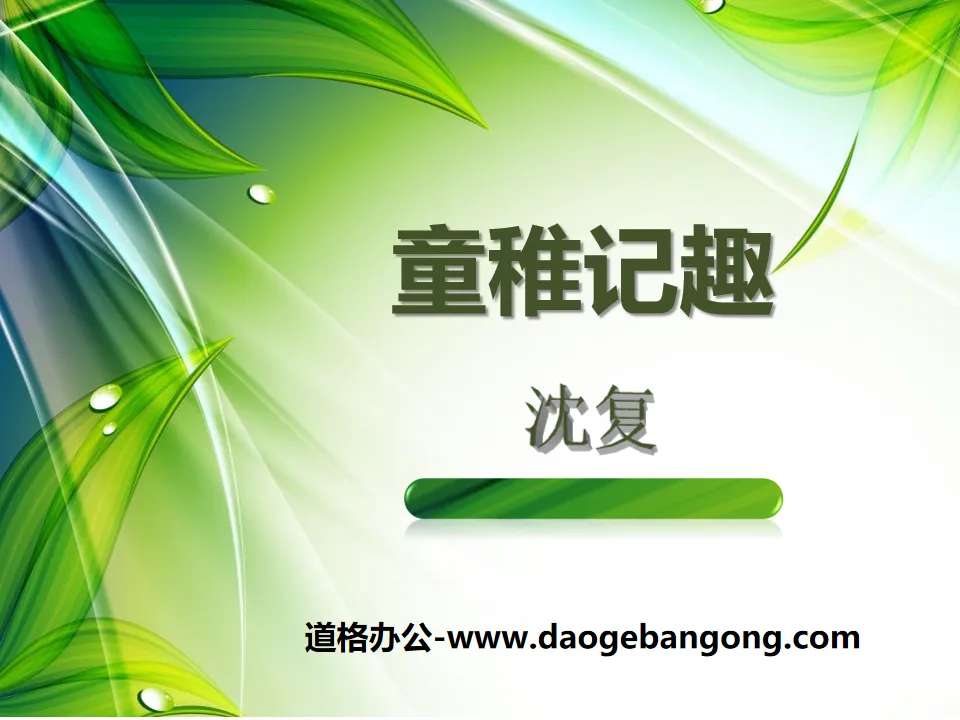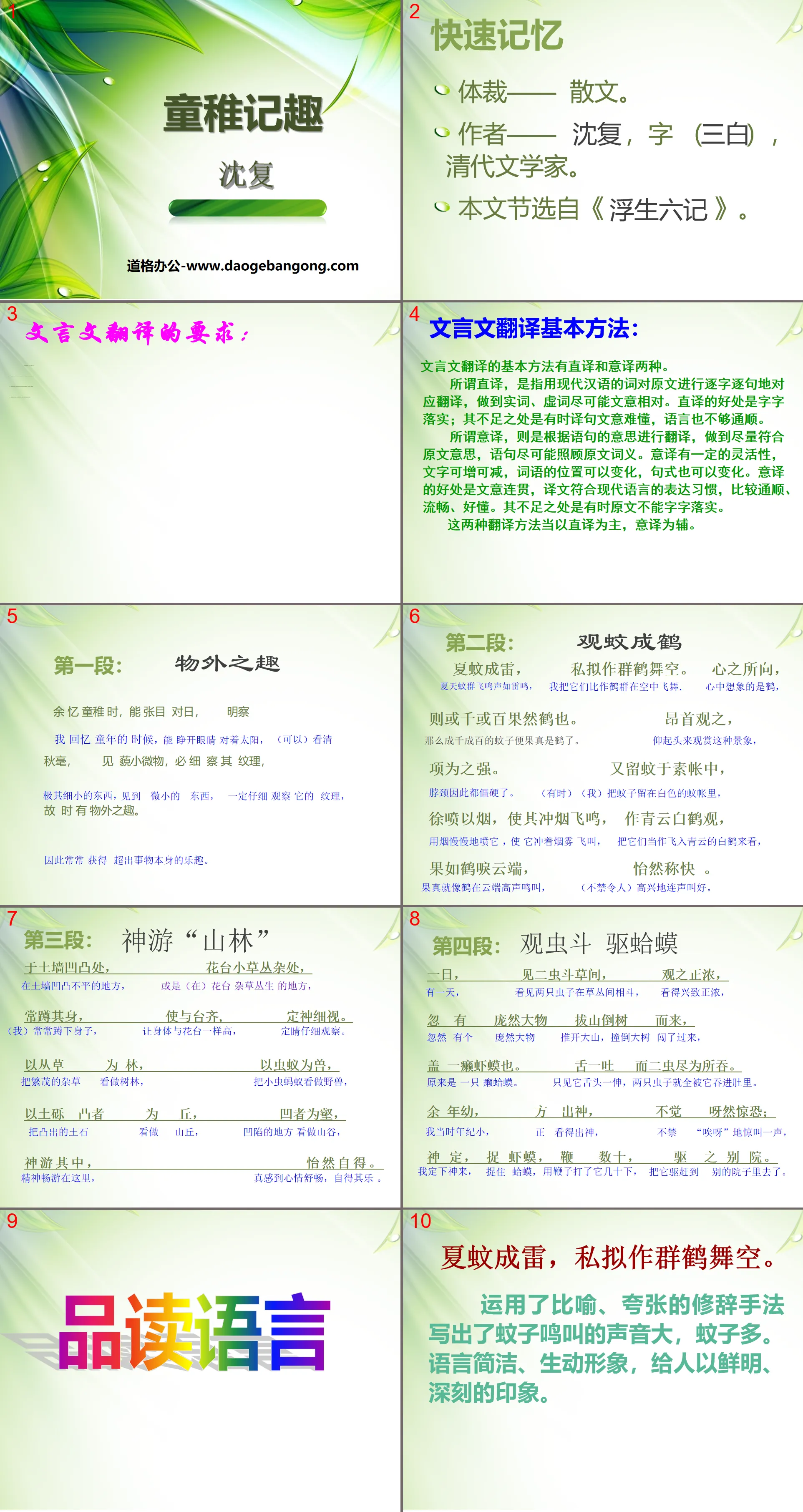The second volume of first-grade Chinese compiled by the People's Education Publishing House
The second volume of fifth-grade Chinese compiled by the People's Education Publishing House
The first volume of Chinese language for eighth grade compiled by the People's Education Publishing House
The first volume of first-grade Chinese compiled by the People's Education Publishing House
The first volume of ninth-grade Chinese compiled by the People's Education Publishing House
The first volume of fourth-grade Chinese compiled by the People's Education Publishing House
The first volume of Chinese language for sixth grade compiled by the People's Education Publishing House
The second volume of Chinese language for eighth grade compiled by the People's Education Publishing House
The first volume of Chinese language for fifth grade compiled by the People's Education Publishing House
The first volume of second-grade Chinese compiled by the People's Education Publishing House
Hunan Education Edition Third Grade Chinese Language Volume 1
The first volume of third-grade Chinese compiled by the People's Education Publishing House
The second volume of second-grade Chinese compiled by the People's Education Publishing House
The second volume of fourth-grade Chinese compiled by the People's Education Publishing House
The second volume of Chinese language for sixth grade compiled by the People's Education Publishing House
The second volume of seventh-grade Chinese compiled by the People's Education Publishing House

| Category | Format | Size |
|---|---|---|
| Hebei Education Edition Seventh Grade Chinese Language Volume 1 | pptx | 6 MB |
Description
"Children's Memories" PPT courseware
Part One: Quick Memory
Genre - prose.
Author - Shen Fu, courtesy name (Sanbai), a writer in the Qing Dynasty.
This article is excerpted from "Six Chapters of a Floating Life".
Requirements for classical Chinese translation:
Classical Chinese translation must be "faithful, expressive and elegant".
"Faithfulness" means that the translation must be accurate, that is, the translation must be faithful to the original text, and the original text must be translated truthfully and appropriately into modern Chinese.
"Da" means that the translation should be smooth and fluent, that is, the translation should conform to the grammar and usage habits of modern Chinese, with smooth words and smooth sentences, and no language errors.
"Elegance" means that the translation should be beautiful and natural, that is, it should be vivid and vivid, and perfectly express the writing style of the original text.
Basic methods of classical Chinese translation:
There are two basic methods of classical Chinese translation: literal translation and free translation.
The so-called literal translation refers to using modern Chinese words to translate the original text word for word, sentence by sentence, so that the content words and function words are as opposite in meaning as possible. The advantage of literal translation is that every word is implemented; its disadvantage is that sometimes the meaning of the translated sentence is difficult to understand and the language is not smooth enough. The so-called free translation is to translate according to the meaning of the sentence, so as to conform to the meaning of the original text as much as possible, and the sentence takes care of the meaning of the original text as much as possible. Free translation has a certain degree of flexibility. Words can be added or deleted, the position of words can be changed, and the sentence structure can also be changed. The advantage of free translation is that the text and meaning are coherent, the translation conforms to the expression habits of modern languages, and is relatively smooth, smooth and easy to understand. The disadvantage is that sometimes the original text cannot be implemented word for word.
These two translation methods should be based on literal translation and supplemented by free translation.
Childish memories PPT, the second part: paragraph analysis
Paragraph 1: Interest in things outside of things
Second paragraph: Watching mosquitoes become cranes
The third paragraph: wandering in the "mountain forest"
Section 4: Observing insects and driving away toads
Reading language
Summer mosquitoes turn into thunder, and I plan to make a group of cranes dance in the sky.
Metaphors and exaggerated rhetorical techniques are used to write that the sound of mosquitoes chirping is loud and there are many mosquitoes. The language is concise and vivid, giving people a clear and profound impression.
The direction of the heart may be a thousand or a hundred, and it is indeed a crane.
The word "fruit" shows that the author sees it very realistically, as if it were real. This sentence describes the interest of observing "a group of cranes dancing in the sky". Think of summer mosquitoes as a group of cranes, which is a strange imagination.
Looking up at it, the item is strong.
It describes the length of time "I" have been observing. Only eight characters vividly express the author's concentration and level of fascination when watching the cranes dancing in the sky. The writing is very vivid.
Childish memories PPT, the third part of the content: carefully crafted, understand the wonderful pen
Read the first paragraph: Why did the author often have "interest in things outside of things" when he was a child?
Because the author can "open his eyes to the sun and see clearly every detail, and when he sees a small thing, he will carefully examine its texture", so he always has an interest in things.
What role does this paragraph play in the whole text?
This paragraph leads and summarizes the reasons why the author often had an interest in extraneous things during his childhood, paving the way for the following description.
What is written in paragraph 2? Please divide it into levels and explain in what order you write it.
Watch the mosquito dance in summer (watch the mosquitoes and become cranes).
It is written in the order of observation from outside to inside. Can be divided into two layers. The former is written outside the tent, observing "groups of mosquitoes", while the latter is written inside the tent, observing "lone mosquitoes".
Where can I see that "I" am interested?
The curiosity, focus and fascination of "I" can be seen from "Looking up, the item is strong" and "I feel happy".
Childish memories PPT, the fourth part: article topic (theme, center)
Focusing on the center of "fun", the text vividly describes several typical examples of the author's childhood, truly reproducing fragments of the author's childhood life, and showing children's love of life, rich imagination, and love of exploring the mysteries of nature.
Keywords: Free download of Chinese PPT courseware for the first volume of the seventh grade of Hebei Education Edition, download of Childish Notes PPT, .PPT format;
For more information about the "Children's Notes" PPT courseware, please click on the "Children's Notes" ppt tag.
"Children's Memories" PPT:
"Children's Notes" PPT Part One: About the author Shen Fu (1763 ~ about 1807), courtesy name Sanbai, nickname Meiyi, was born in Changzhou (now Suzhou, Jiangsu) and was an essayist in the Qing Dynasty. In the thirteenth year of Jiaqing (1808), Qi Kun, editor of the Hanlin Academy, went to Ryukyu as an envoy and participated in the canonization of Ryukyu...
File Info
Update Time: 2024-11-19
This template belongs to Chinese courseware Hebei Education Edition Seventh Grade Chinese Language Volume 1 industry PPT template
"Children's Memories" PPT courseware Simple campus recruitment activity planning plan summary enterprise and institution recruitment publicity lecture PPT template is a general PPT template for business post competition provided by the manuscript PPT, simple campus recruitment activity planning plan summary enterprise and institution recruitment promotion Lecture PPT template, you can edit and modify the text and pictures in the source file by downloading the source file. If you want more exquisite business PPT templates, you can come to grid resource. Doug resource PPT, massive PPT template slide material download, we only make high-quality PPT templates!
Tips: If you open the template and feel that it is not suitable for all your needs, you can search for related content "Children's Memories" PPT courseware is enough.
How to use the Windows system template
Directly decompress the file and use it with office or wps
How to use the Mac system template
Directly decompress the file and use it Office or wps can be used
Related reading
For more detailed PPT-related tutorials and font tutorials, you can view: Click to see
How to create a high-quality technological sense PPT? 4 ways to share the bottom of the box
Notice
Do not download in WeChat, Zhihu, QQ, built-in browsers, please use mobile browsers to download! If you are a mobile phone user, please download it on your computer!
1. The manuscript PPT is only for study and reference, please delete it 24 hours after downloading.
2. If the resource involves your legitimate rights and interests, delete it immediately.
3. Contact information: service@daogebangong.com
"Children's Memories" PPT courseware, due to usage restrictions, it is only for personal study and reference use. For commercial use, please go to the relevant official website for authorization.
(Personal non-commercial use refers to the use of this font to complete the display of personal works, including but not limited to the design of personal papers, resumes, etc.)
Preview










